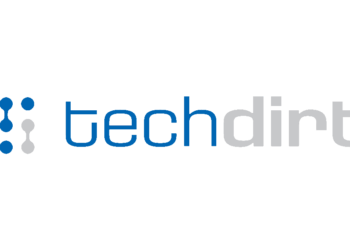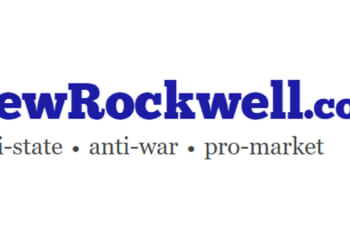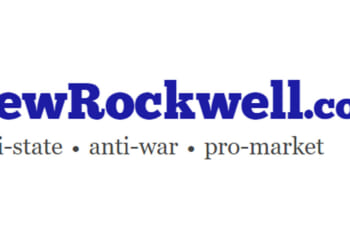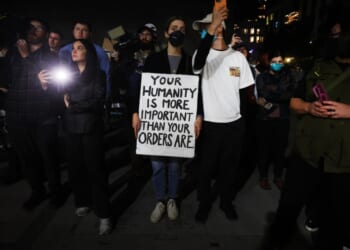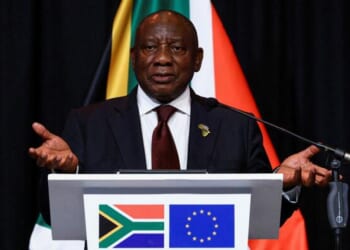Scary Secrets: Letter from the editor
Everyone at the Capital Research Center is familiar with the question: “Did George Soros fund them?”
We are asked this all the time, particularly whenever a left-wing nonprofit is involved in something controversial. “Did Soros fund this prosecutor?” “Did Soros fund this protest?” On and on it goes.
Sometimes the answer is “yes.” Soros has funded the campaigns of soft on crime prosecutors. And he has funded nonprofit policy mischief. The Capital Research Center has researched his influence deeply and reported it widely. That’s what we do.
Our proven expertise on this matter is why we regularly get asked about Soros by media, policymakers and our generous supporters.
But usually, we have to answer “no,” that Soros’s money wasn’t involved.
This isn’t because Soros has been pulling back, but because he is not alone. There are many lefty billionaires and private foundations funded by them that have equal and sometimes greater influence than even George Soros.
To take just one example: the Ford Foundation, funded with Henry Ford’s money, now has an endowment of $14.3 billion. This is roughly $7 billion more than what Forbes estimates George Soros is worth. It’s also more than net assets of his Foundation to Promote Open Society.
Ford now spends more than $800 million per year on projects mostly indistinguishable from the Soros agenda. An example is the $1.25 million Ford shipped out in 2024 to Hammer & Hope, a communist journal that claims its name is partially inspired by the hammer & sickle image on the flag of the old Soviet Union.
So, ask yourself: what do you know about Darren Walker?
If you’re a regular and careful reader of the Capital Research Center’s work, then you might know the name. But you likely have never heard of Walker, even if you are an otherwise well-informed news consumer.
Since 2013, Walker has been the president of the Ford Foundation. He and the very well-paid left-wing philanthropy professionals working for him have had as much and arguably more influence than George Soros. If you look back at more than half a century of Ford supporting left and even hard left causes, then the Ford Foundation has certainly had far more total historical influence than Soros.
In November, Walker will retire and be replaced by Heather Gerken, previously the dean of the Yale Law School.
Walker and Gerken. Those names clearly don’t have the same news punch as “Soros,” now do they? Do they have any news punch at all?
This has been a challenge for us at the Capital Research Center. When the answer to the “Who paid for this?” question is NOT Soros, but someone or some disembodied fortune equally radical, then the questioners—even from media—often lose interest in our answers.
This is human nature. If the answer to a controversy is easily understandable—“Soros did it!”—then he’s become such a household word that blaming him is easy for the questioner to digest and repeat. But if the answer requires the questioner to learn about something or someone brand new, even an entity just as influential or more so than Soros, then people tend to shy away from doing that hard work.
We understand. They have busy lives. It’s not their job to research and keep track of every major policy influencer and then warn the world about them. That’s OUR job. And it’s one that you generously help us do.
It’s also our job to make sure those lesser-known names become better-known names after their actions have earned the attention. Addressing this troublesome hole in public knowledge is the inspiration for this issue of Capital Research magazine.
One of the reports that follows is about C. Frederick “Fred” Taylor, a hedge fund billionaire whose spending on left-leaning climate and energy policy rivals that of publicity-hungry billionaire Michael Bloomberg. But Taylor is publicity averse to an extraordinary degree. He and his business partners once hid their money and identities behind layers of legal shells and a foundation named “Matan B’Seter”—which means “anonymous gift.”
Today, we at least have a name to attach to the money behind Taylor’s Sequoia Climate Foundation. In this issue, Capital Research Center managing editor Ken Braun provides an update on how Sequoia has been spending Taylor’s fortune.
Billionaire Seth Klarman has been less mysterious than Taylor. Yet still, the influence he exercises through his Klarman Family Foundation has been growing and isn’t as widely known as it should be. Parker Thayer, our investigative researcher, has written a brief to help remedy this ignorance.
Deepak Bhargava is one of the left’s veteran policy and political operators. He is currently president of the Freedom Together Foundation (net assets $2.7 billion). The history of the loot and what Bhargava and his team have been spending it on is the subject of a report from senior research analyst Robert Stilson.
The W.K. Kellogg Foundation, like the Ford Foundation, was funded with old money made in Michigan. In this case the donor was the founder of the eponymous breakfast cereal firm, and the Kellogg Foundation is financed from the W.K. Kellogg Trust’s $8.5 billion in net assets. Also, like Ford, Kellogg’s financing of lefty policy advocacy is now directed by philanthropy bureaucrats with names few will easily remember.
But their influence is just as real and is the subject of a report from Capital Research Center senior fellow Kali Fontanilla.
Funded from the wealth of the Filene department store empire, the Century Foundation is more of a think tank than a grant maker. But like the Ford Foundation, it comes from really old money with really bad (and old) ideas. Research director Mike Watson unpacks that history and Century’s current activity.
Monitoring the generational wealth of the foundation world means watching the riches change over time, as the heirs of billionaire givers take their place as the face of the philanthropy. Consider billionaire investor Warren Buffett and his son. While the Susan Thompson Buffett Foundation remains one of the top funders of abortion advocacy, the NoVo Foundation, operated by Peter and Jennifer Buffett, has expanded activity in recent years, so InfluenceWatch editor Jonathan Harsh reports on what their focus has been.
The rise of billionaire Big Philanthropy influencers was the subject of The Bill Gates Problem: Reckoning with the Myth of the Good Billionaire, a 2023 book written by investigative reporter Tim Schwab. While Gates and his influence need no introduction, Schwab’s book touches on the importance of paying attention to all of the billionaires seeking to influence public policy.
Our first essay is a review of The Bill Gates Problem from Capital Research Center senior fellow Michael Hartmann.
This issue is not (and could not be) full coverage of this subject. There are many other examples that we will be reporting on in the future. Some of them are doing their work right now and so quiet that we haven’t yet learned their names.
But we will. That’s what you expect from us, and we treasure the support you provide to help make it happen.
***
The PDF to the issue is attached below. Here are the online links to the reports:
Kali Fontanilla: Cereal killer: the Kellogg Foundation’s unhealthy agenda
Robert Stilson: The Freedom Together Foundation
Jonathan Harsh: The NoVo Foundation and the next Buffett generation
Michael Watson: The “Foundation” that isn’t: The Century Foundation
Michael Hartmann: Bill Gates, Big Philanthropy, and the troubles they create
Parker Thayer: Seth Klarman’s quiet activism
Ken Braun: Fred Taylor’s world war against energy

